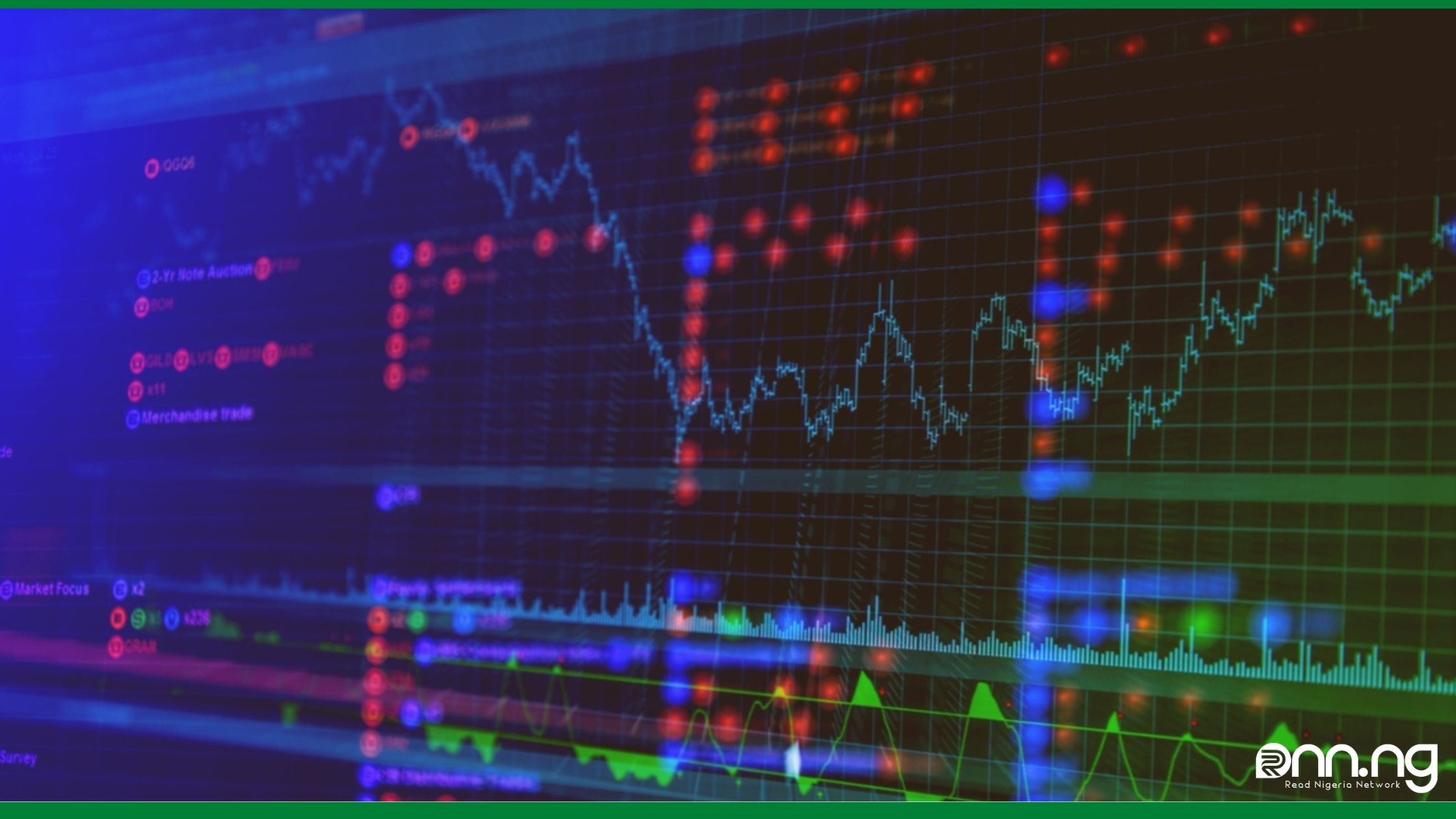Business News
The dollar declines while stocks increase following a taming of rate expectations by U.S. jobs
In contrast, wages increased 4.7% year over year in October after increasing 5% in September. In choppy trading, the dollar declined…

- The dollar declines while stocks
- China COVID-19 policy
The U.S. economy is still adding jobs, but it is beginning to slow down, according to data, which dampened expectations for the Federal Reserve to keep hiking rates as quickly to combat inflation. The dollar dipped on Friday but stocks continued to rise.
In October, non-farm payrolls increased by 261,000 people, above estimates for an increase of 200,000. However, the unemployment rate increased as well, rising to 3.7%, raising the possibility that some of the labor market’s tightness may be easing.
In contrast, wages increased 4.7% year over year in October after increasing 5% in September. In choppy trading, the dollar declined versus other important currencies as stocks increased little.
“There are signs that wage inflation has peaked, and as we move closer to a recession that number should come down,” said Peter Cardillo, chief market economist at Spartan Capital Securities in New York.
“This is an indication that with a recession looming things are going to get ugly going forward. In a recession, wages don’t rise – they stagnate. This could be the last hurrah of hourly wages moving to the upside,” he said.
READ MORE: Weekly Stock Market Report: The Nigerian Exchange falls by 1.09%
Following additional significant rate hikes this week from the Fed and the Bank of England, the MSCI index of global equities (.MIWD00000PUS) increased 0.6% on the day, snapping a two-day losing streak. However, the index is still on track to lose close to 3% for the week.
China COVID-19 policy
U.S. stock index futures last increased by 0.6-0.8%, down from earlier gains of roughly 0.6-0.8%. On Friday, following signs from China that the government would loosen some of its rigorous regulations surrounding COVID, investors’ risk appetite was at a rather high level.
A former Chinese disease control official said, in a conference held by Citi on Friday, that China will make significant adjustments to its “dynamic-zero” COVID-19 program in the upcoming months, according to a tape of the discussion heard by Reuters.
According to a notice that stated representatives from the National Bureau of Disease Control and Prevention would participate, Chinese health authorities will hold a news conference on COVID-19 prevention on Saturday. There were no other details available right away.
Although China reported the highest daily count of new local COVID-19 cases in six months on Friday, the offshore yuan staged its second-largest one-day gain against the dollar in at least a decade, while China-sensitive assets, such as mining stocks, luxury goods makers, and commodities rallied strongly.
“We don’t think we’re going to see any meaningful change in policy until at least after the two sessions meeting in March. So that’s a long way away between now and then,” ING regional head of research Robert Carnell said earlier on Friday.
In a range between 3.75% and 4.00%, the Fed’s target interest rate was increased by another 75 basis points on Wednesday. Chair Jerome Powell later stated at a press conference that it was “extremely early” to consider decreasing the rate of monetary tightening.
Sterling’s exchange rate increased against the dollar by 0.7% to $1.1232, reversing some of the 2% declines that occurred on Thursday when the Bank of England declared that the economy was in a two-year recession while also raising interest rates by the most since 1989.
“The dollar reception to the data is tepid (in large part because of factors like China/weekend), but multi-week this data is helpful,” Deutsche Bank strategist Alan Ruskin said.
Oil prices increased because of a weaker dollar and expectations that China, which is home to some of the world’s largest energy consumers, might relax its zero-COVID regulations. U.S. crude climbed 4.1% to trade at $91.78 a barrel, while Brent crude increased 3.6% to $98.08 per barrel. Gold increased 1.7% to $1,657 per ounce as the dollar fell, setting the stage for its biggest one-day gain since October 21.
